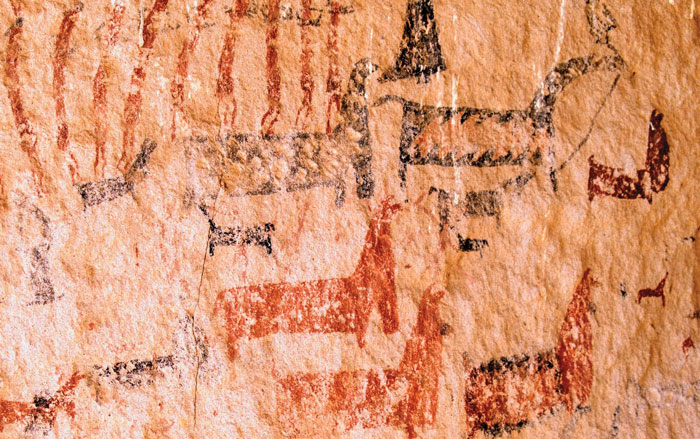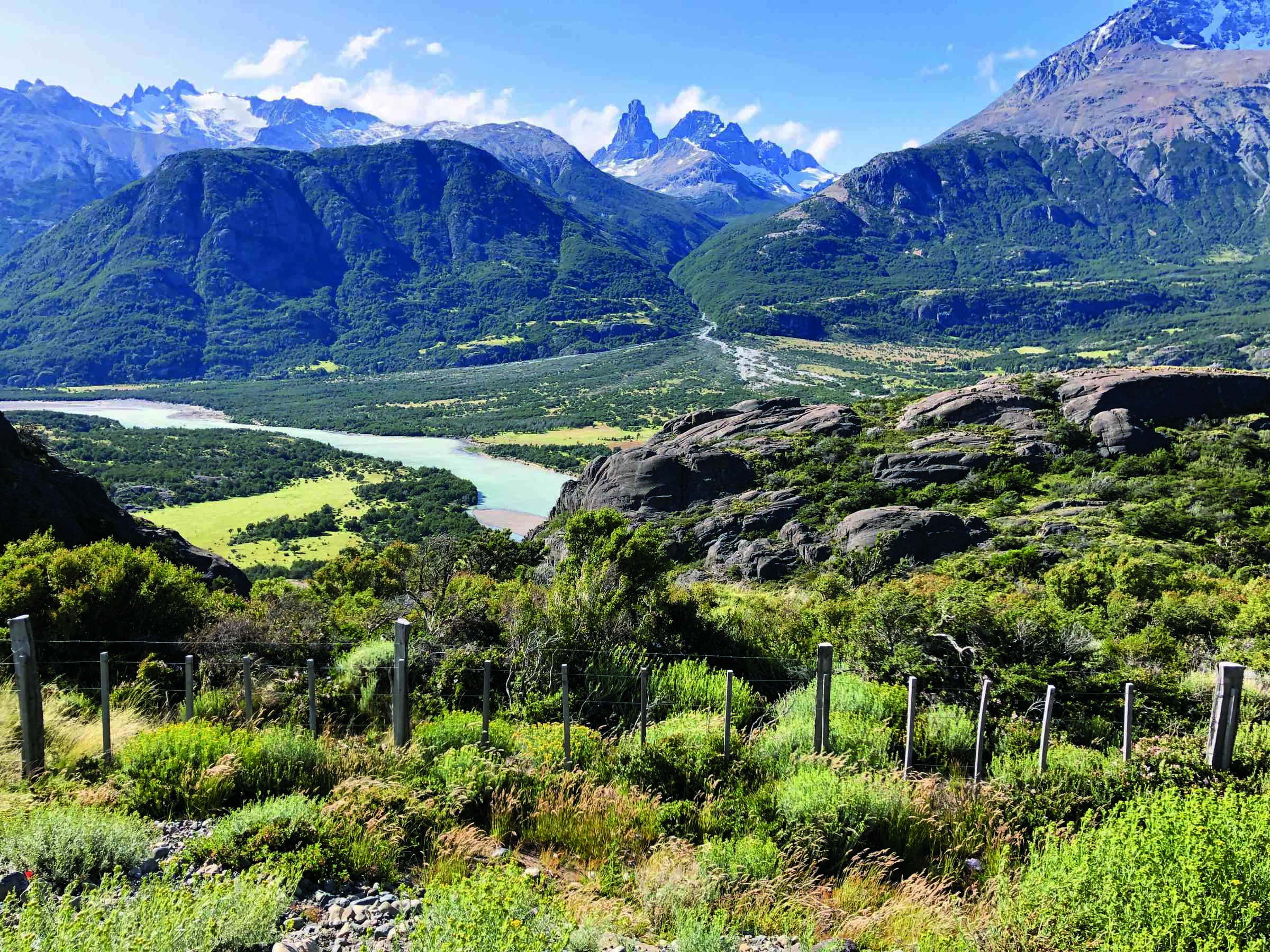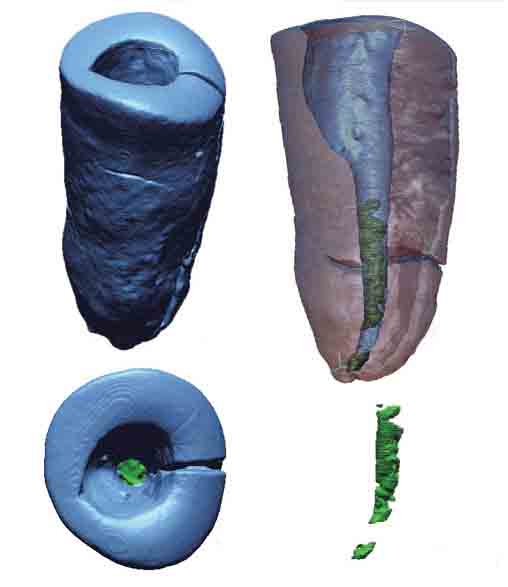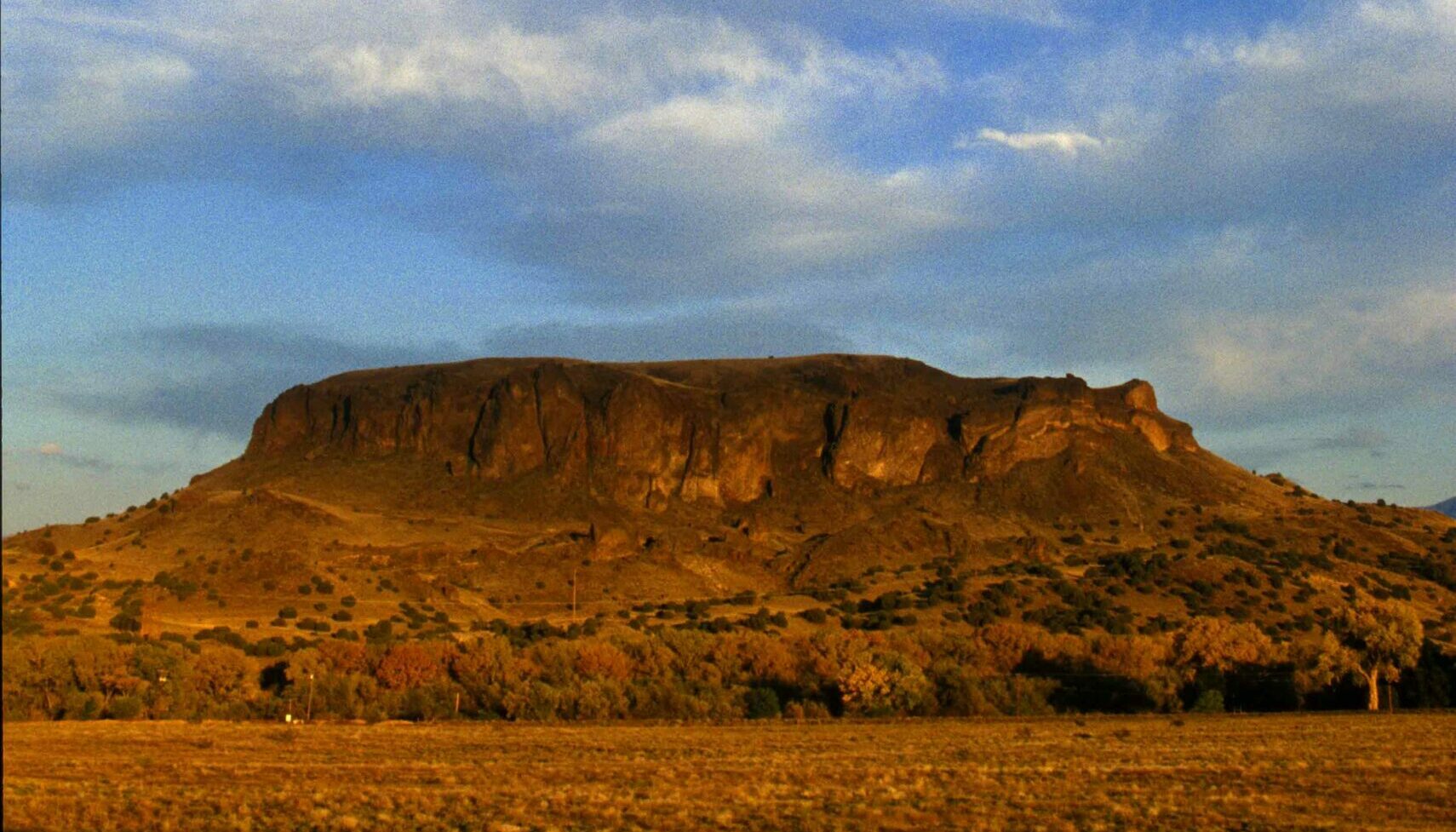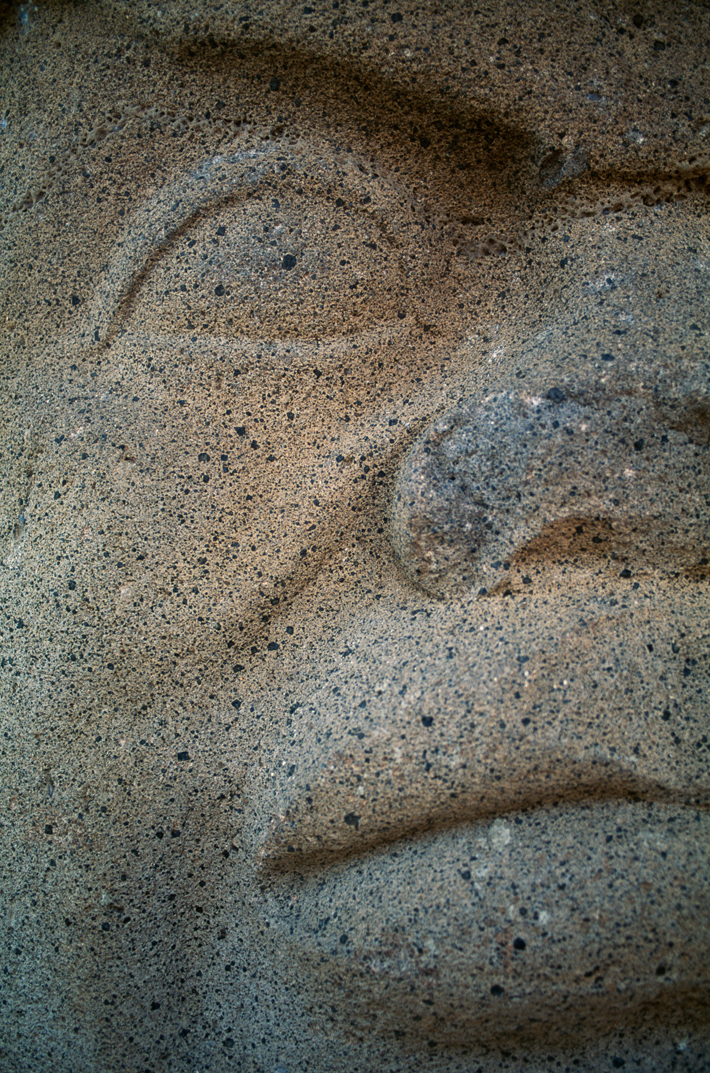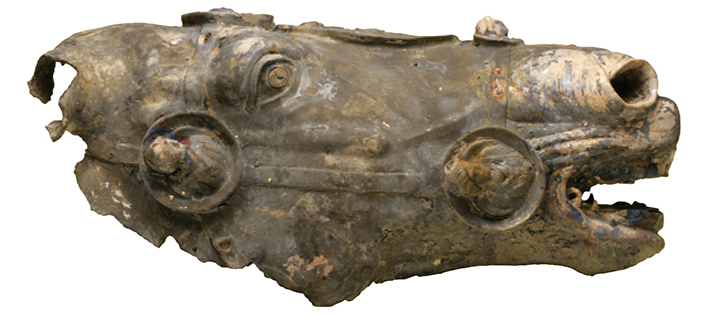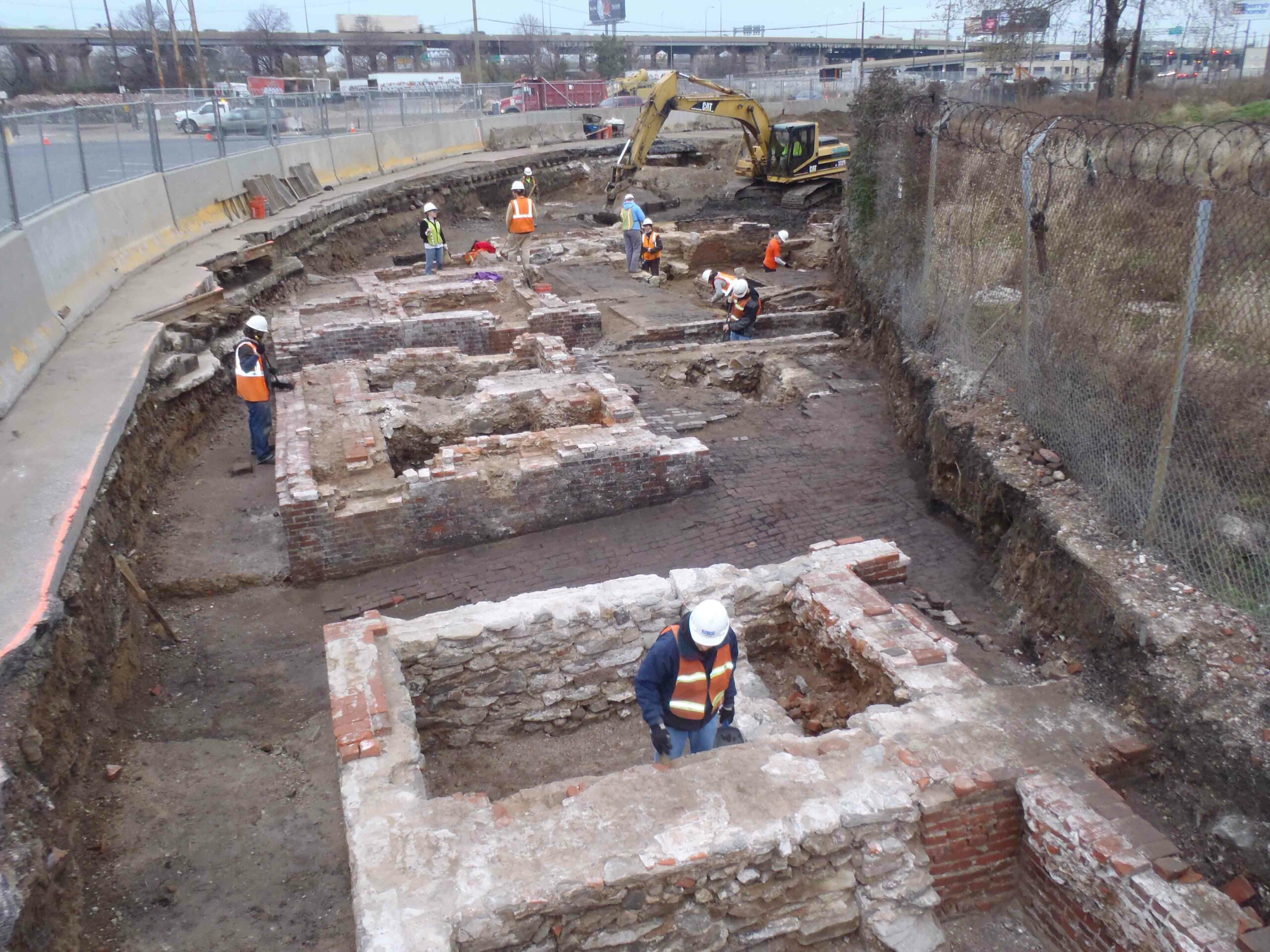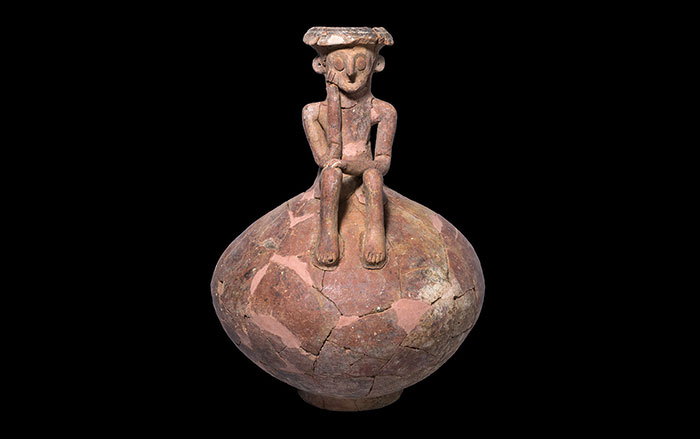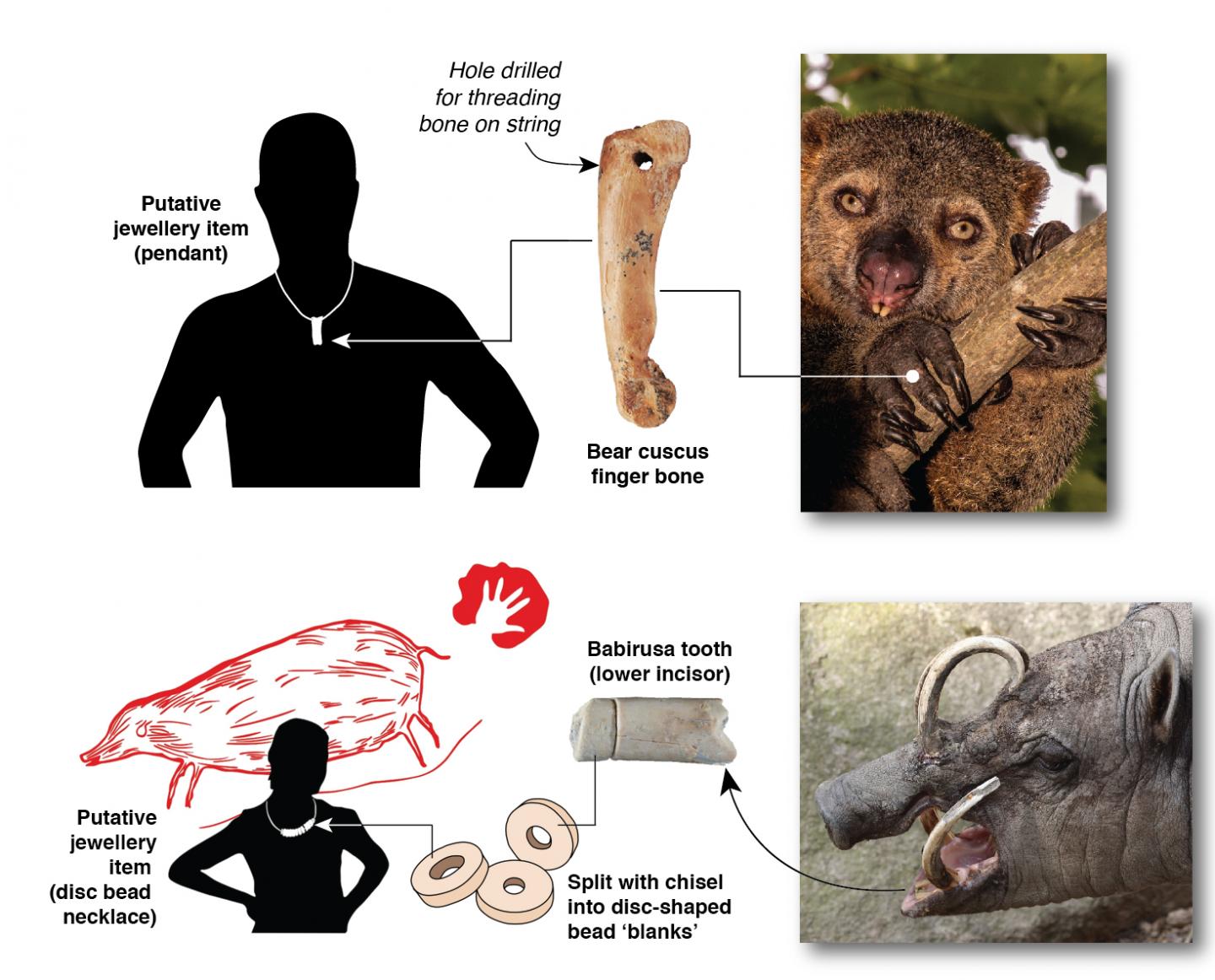
SOUTH EAST QUEENSLAND, AUSTRALIA—Live Science reports that art and jewelry dated to between 26,000 and 22,000 years ago has been found in Indonesia’s Leang Bulu Bettue. The cave is located on the island of Sulawesi in Wallacea, an archipelago of some 2,000 islands, where the remains of Homo floresiensis were discovered in 2003, and rock art thought to be at least 40,000 years old was found in 2014. The jewelry includes beads made from tusks of babirusas, also known as “pig-deer,” and a pendant made from the finger bone of a marsupial known as a bear cuscus. The cave also yielded stone flakes incised with geometric patterns, pieces of ochre, and a long, pigment-covered, hollow bear-cuscus bone that may have been used as a tool for creating rock art. “The discovery is important because it challenges the long-standing view that hunter-gatherer communities in the Pleistocene tropics of Southeast Asia were less advanced than their counterparts in Upper Paleolithic Europe,” said archaeologist Adam Brumm of Griffith University. To read about early rock art found on Sulawesi, go to “The First Artists.”


